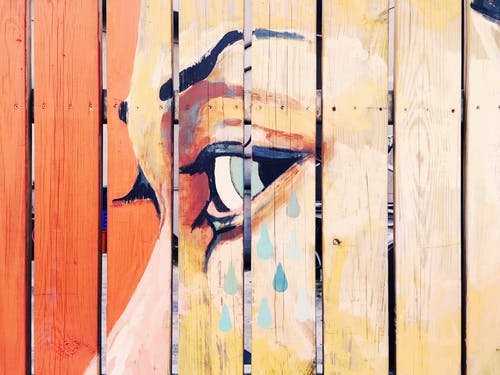Korean Art Increases in Popularity- Is Bojagi the Cause?
Recently, more people have been interested in Korean art, including going to museums more often and also deciding to make their own Korean art. Bojagi, which is a Korean fabric wrap, is at the center of a lot of artwork found in Korea and all over the world. Is the use of Bojagi the reason that more people are turning to Korea for artistic inspiration?
Korean Fabric Wrap Has Cultural Significance
Bojagi, which is essentially wrapping cloth, has cultural significance in Korea and it’s been a staple of Korean culture for centuries. It first appeared back in the Three Kingdoms Period, although no wrapping survived before the Joseon Dynasty. During this time period, Bojagi was used to cover sutras and also was used as decorative tablecloths.
These tablecloths were put out during special occasions, such as betrothals and weddings. When a new cloth was used it was looked at as a sign of respect for the person the occasion was held for and it also allowed a gift-giver to show concern for the item that needed to be wrapped up. There could be thousands of pieces of Korean fabric wrap used for just one wedding.
In the 1960s, Bojagi started to be looked at as art and in 1997, a special stamp was made that showed off the artwork. Korean fabric wrap quickly became a part of regular daily life for Koreans to show appreciation for someone or something. What’s interesting about it is that it can be made from one big piece of material or it can be made from scrap pieces of multiple different materials.
What is Korean Fabric Wrap Used For?
Carry Items in a Knapsack
It was common to use Korean fabric wrap to carry various items and often times in a knapsack fashion. These could be items you needed to carry while out on a journey, while walking to school or work, or to carry items to an event.
Wrap Gifts
A common way that Korean fabric wrap is used is to use it to wrap presents, including for weddings and birthdays. There are multiple sizes available which makes it a great wrapping paper for both big and small items. It also looks appealing to the recipient and has been part of the reason that Korean art interest has increased in recent years.
As Actual Artwork
Since Bojagi can be made using multiple fabrics it has become a type of art and there are several pieces of artwork where it’s the focal point of the finished product. The art often uses different fabrics and colors to create a beautiful piece of artwork that can be hung on the wall inside of your home.
Food Covering
Korean fabric wrap can be used as a food covering, especially in present times where there are multiple fabrics available. If you’re going to a wedding or another special ceremony, wrapping cloth can keep food warm or keep it safe until it’s time to eat. The lightweight fabrics help circulate air when it’s hot and the fabric can be lined in the winter to keep food items warm in the cold.
As Tablecloth & Household Decoration
You can use Korean fabric wrapping as a tablecloth, which is a well-known use during special occasions such as rituals, birthdays, weddings, and anniversaries. The tablecloth can be one single color to symbolize an important event, such as pink for a baby shower where the mom is expecting a little girl.
It’s also possible to use the wrapping to wrap household items such as vases that you are going to be setting out on your table inside or outside. It can add a decorative element to the regular glass vase you normally use. Using it to wrap the outside of photos on the wall also adds an element of fun and brings a more artistic lovely appeal to the home.
Storing Collectibles & Valuables
Korean fabric wrap can be used to store valuables and collectibles so that they don’t get damaged or become dirty. Special items passed down from one generation to another that is precious to the family, such as heirlooms, can be wrapped to ensure it’s kept in original form.
Types of Korean Fabric Wrap
There are several different types of Korean fabric wrap and the wrapping can be made from different fabrics. Often it comes in a square but can range in size to suit wrapping items of all shapes and sizes. The fabrics used include ramie, hemp, cotton, and silk. You can get Korean fabric wrap in quilted, embroidered, gold-leafed, lined, unlined, and painted.

